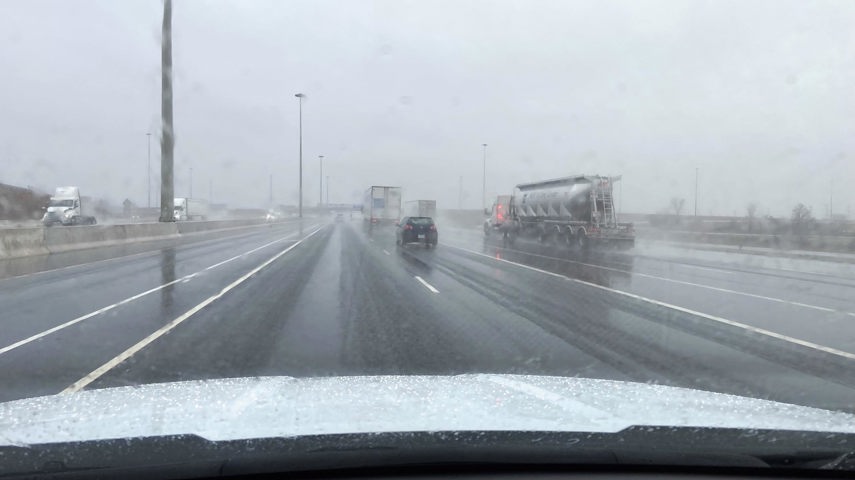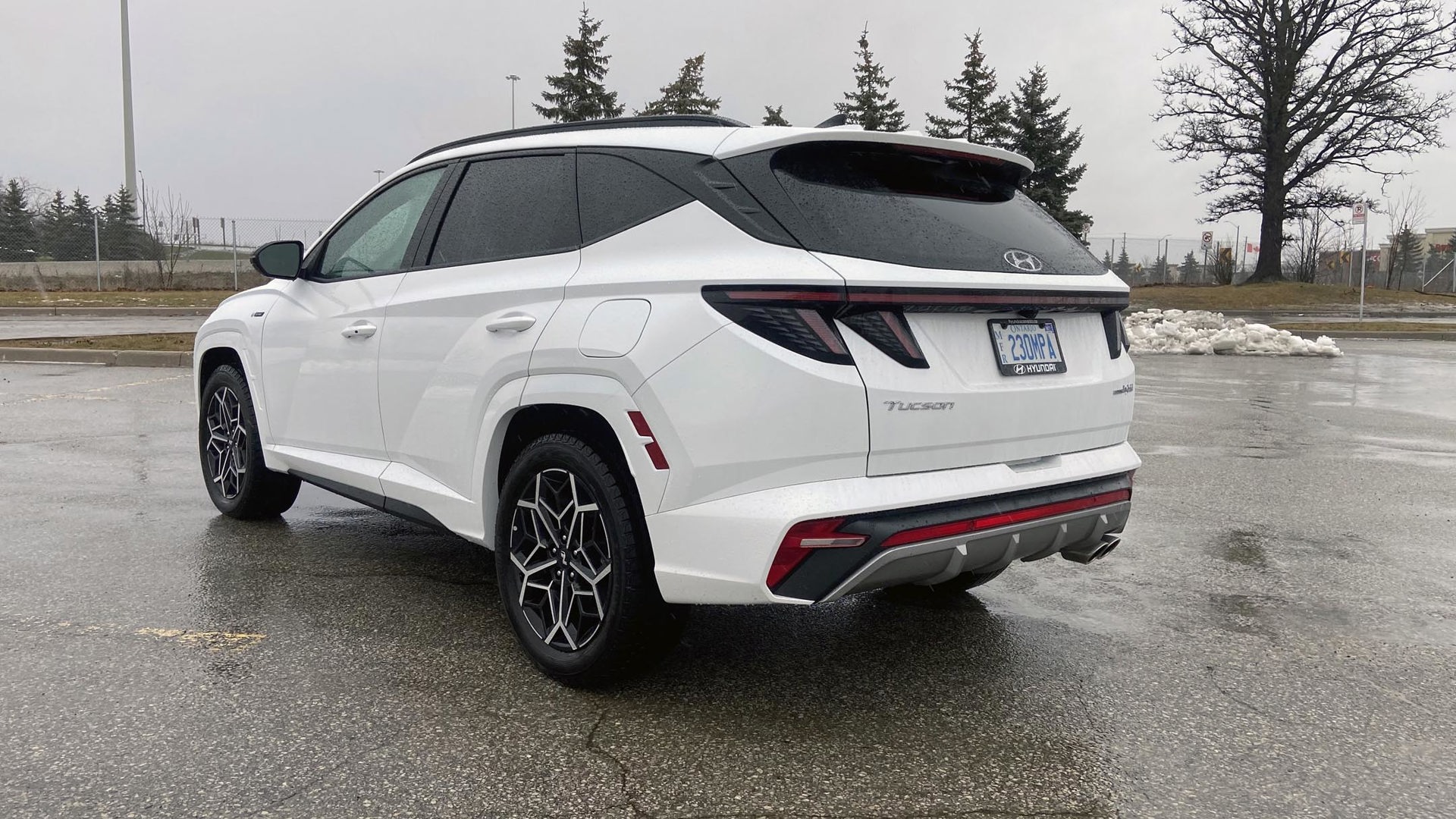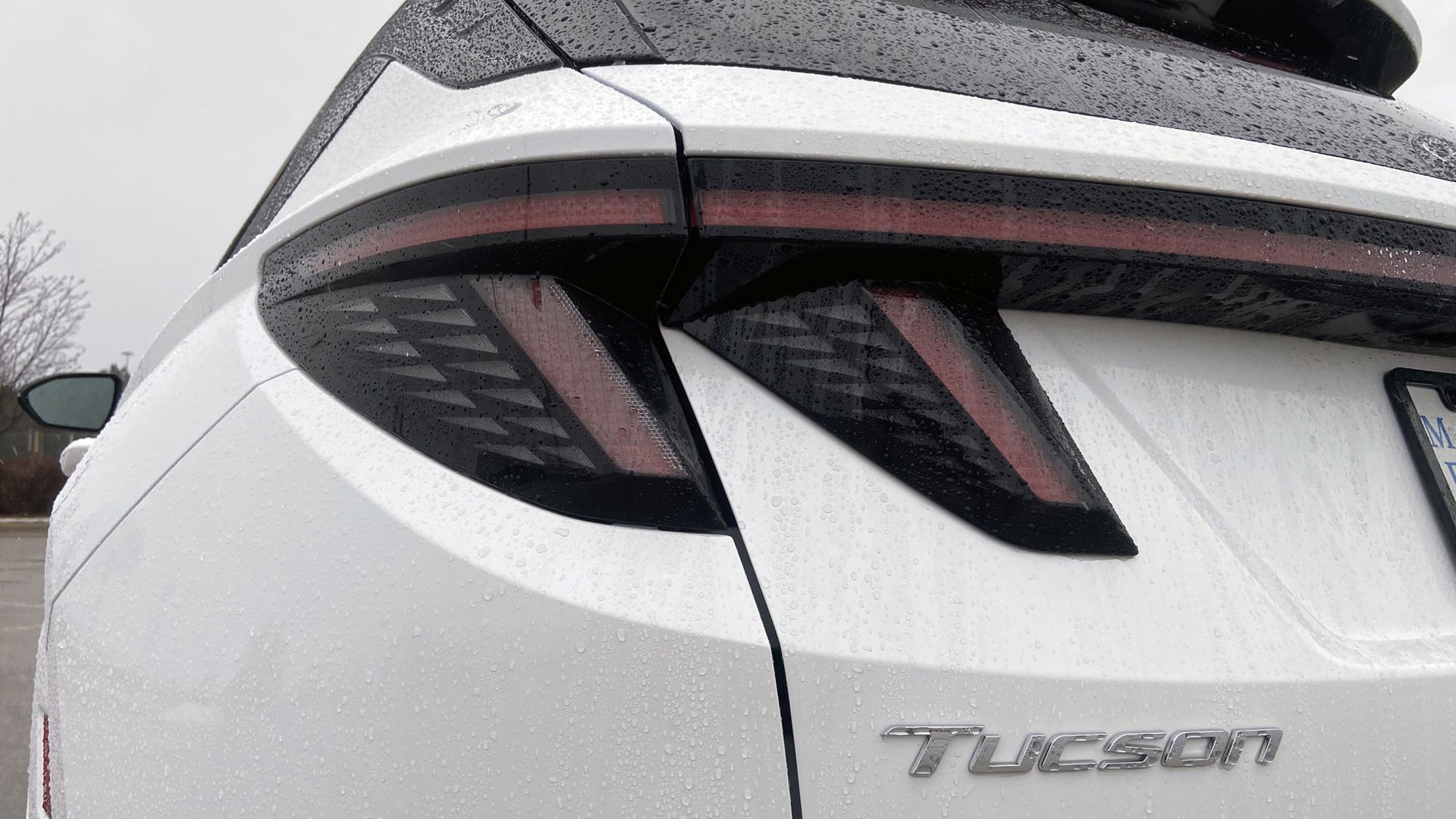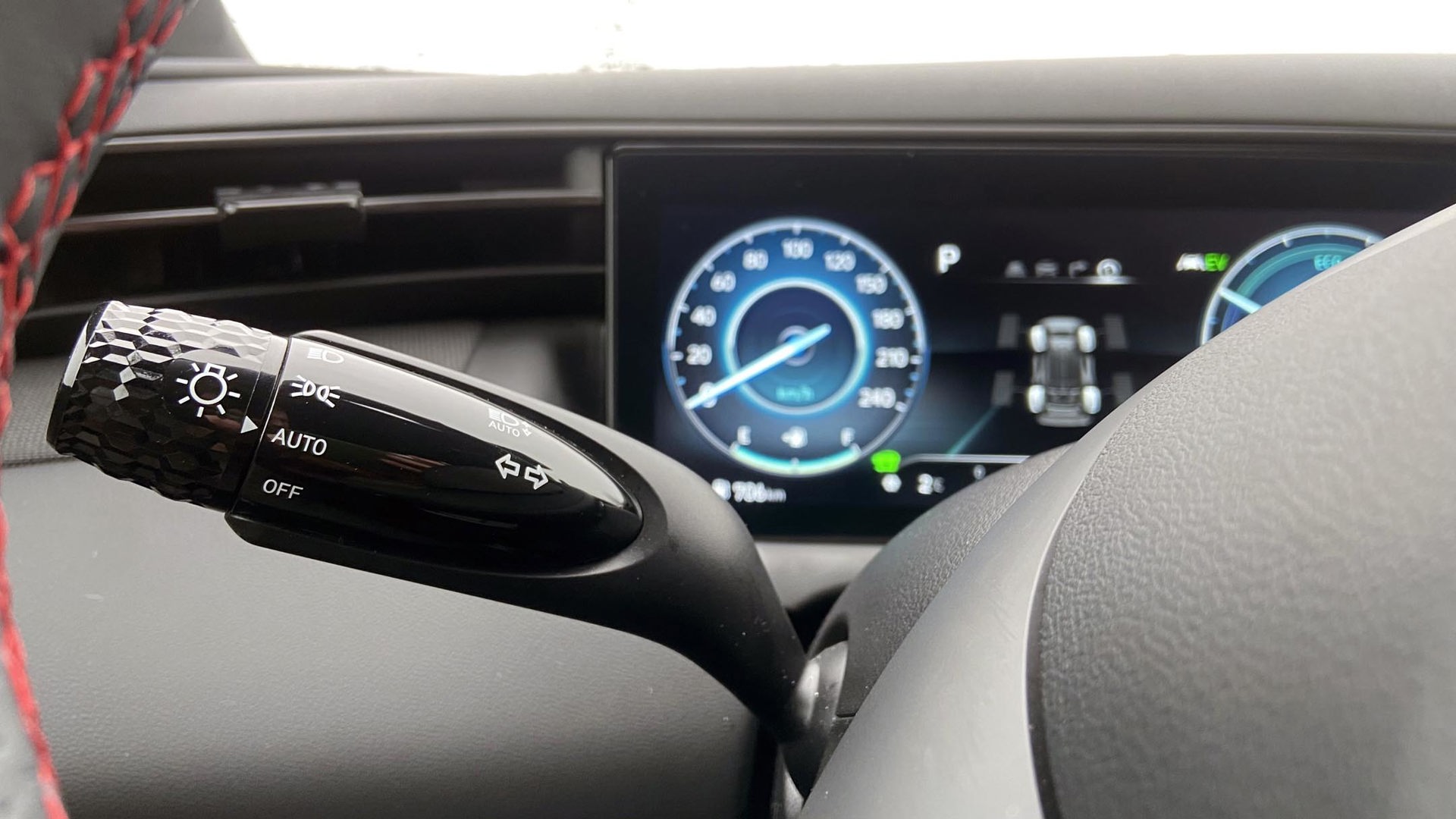I’m not normally the type to cheer on government regulation – although I’m not one for abandoning bureaucratic oversight altogether, either – but I was quick to welcome Transport Canada’s decision to address so-called “phantom vehicles” a few short years ago.
Even if you aren’t familiar with the term, you’ve undoubtedly encountered these ghosts on wheels – and probably pretty frequently, too. Maybe it was during the last rain- or snowstorm in your area, or even on this morning’s commute. There you were, doing your part to “see and be seen,” as Transport Canada has coined it, when you came across a vehicle in an adjacent lane – or even right in front of you – with its lights off, the driver blissfully unaware of the real-time risk they were posing. (Heck, maybe it was even you; it happens to the best of us from time to time.)
That’s why the federal agency in charge of regulating road transportation introduced a measure to address this very issue. Back in 2018, Transport Canada gave automakers a few years to figure out how to incorporate improved technology that would eliminate the issue in new vehicles.
It was foolproof in theory, but by the time the measure made its way through the bureaucratic carousel, what was left was a watered down version of what should have been a straightforward safety standard. Because instead of simply mandating that head- and tail lights should stay on at all times, the industry was given a trio of choices. In addition to that solution, they could opt to keep the “instrument panel dark so the driver knows to turn on all the lights,” or stick with the existing automatic setting that’s supposed to turn on the exterior lights in low-light situations.
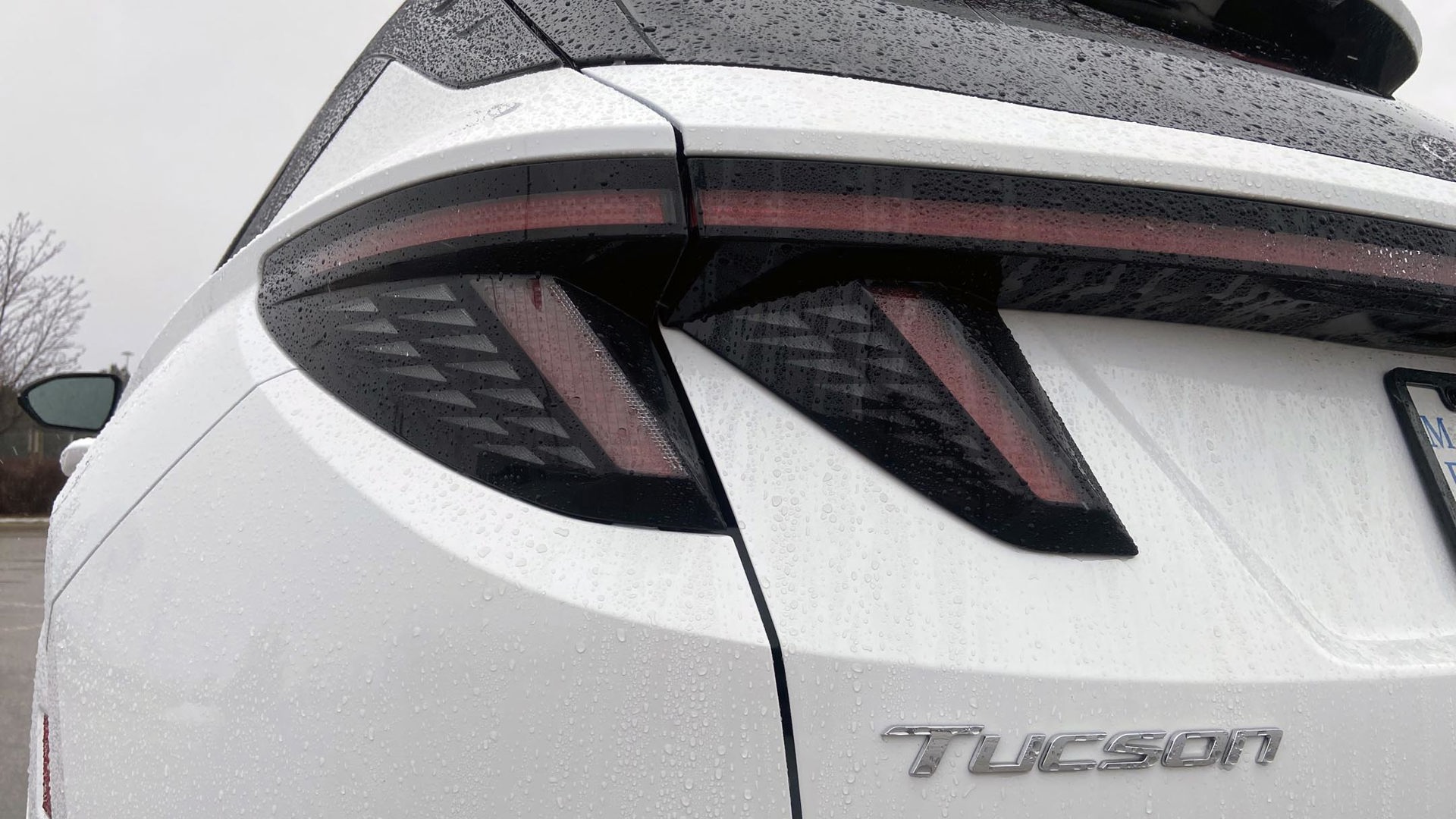
And therein lies the problem – and the one that prompted this rant in the first place. Not once but twice while testing the 2024 Hyundai Tucson did the exterior lights fail to come on in situations where they should have, making this otherwise compliant crossover the exact kind of phantom vehicle Transport Canada set out to eliminate with this particular measure.
To be clear, Hyundai is technically up to the standards established by Transport Canada; the default setting is for the exterior lights to come on automatically, just as the department’s policy outlines. But Hyundai isn’t blameless here, either, because what good is a system that’s designed to turn the lights on when they’re needed if it doesn’t even do the job?
The first time it happened during my test of the Tucson was on a particularly foggy day, when I could barely see a few car lengths beyond the hood. We’re talking French onion soup here – fog so dense that driving was hazardous even with the lights on – and yet the lights stayed off with the switch in the automatic position. A few days later, heavy rainfall wasn’t enough to trip the sensor for the automatic lights. (Both days I stopped and cycled the engine a few times each to see if the lights would come on, all to no avail.)
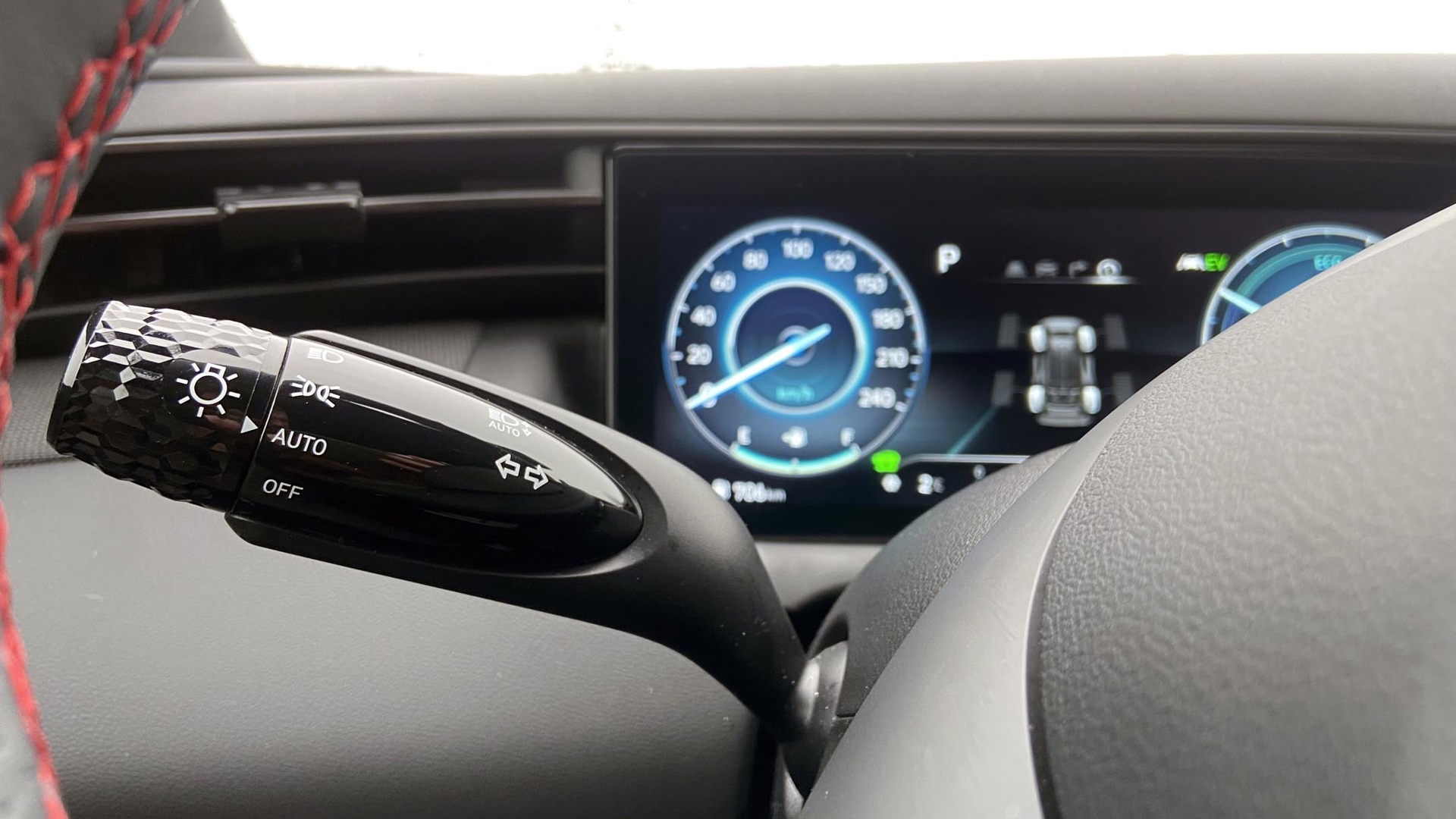
In fairness, the onus is still on drivers to be aware of what’s happening both in and around their vehicles and react accordingly. But the entire point of automatic lights is to act as a fail safe for those times when we forget. And with big, bright screens inside today’s vehicles, it’s easier to forget than ever before.
I’ve yet to come across a compelling argument against daytime running lights front and back (currently, only a vehicle’s headlights have to illuminate during the day). But there’s plenty of evidence that Transport Canada’s attempt to address phantom vehicles falls well short of its stated goal. Far be it for me to advocate for more government intervention, but it’s time for Transport Canada to make this right.
